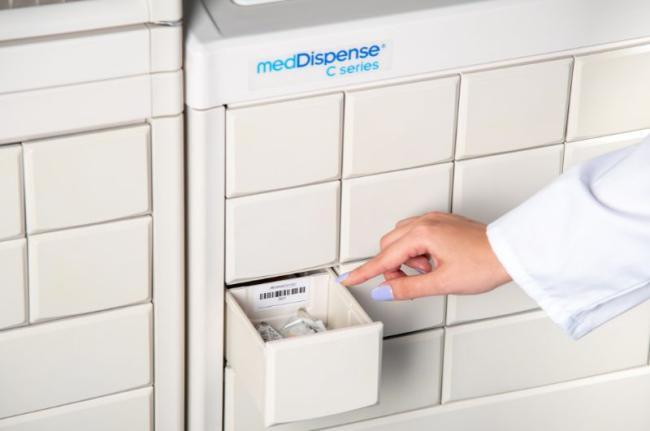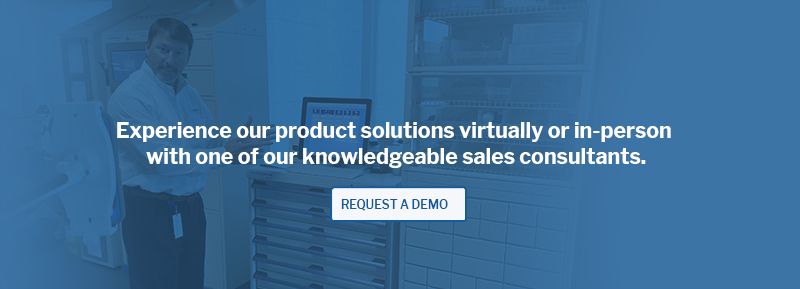Combating Drug Shortages: What Pharmacists Can Do Today
Though shortages of Adderall and Amoxicillin made national headlines in 2022, hospital pharmacies have been facing drug shortages for the past five years and counting. That is according to Bluesight’s 2022 State of Hospital Pharmacy Operations report which found that 79% of responding facilities were experiencing shortages of ten or more medications, a 4% increase over 2021 figures. As if not enough medication to go around isn’t concerning enough, shortages seriously impact operational efficiency. Managing low medication inventory is very time-consuming for hospital staff members and takes away from higher priority tasks. In the same Bluesight study, 83% of larger hospitals (750+ beds) said that staff was spending 30+ hours managing shortages. It is fair to say that at least some of that time would be better spent focused on patient interaction.
One way hospitals can gain back valuable time is by using reliable automated dispensing cabinets (ADCs). Today’s ADCs are robust, affordable, and specifically designed to help pharmacists better manage drug inventory, an essential part of combating shortages. Medication security and workflow efficiency are crucial to the medication delivery process, so it’s important to look for ADCs that offer the widest range of interchangeable dispensing hardware powered by fully integrated software platforms. Doing so will ensure that pharmacy and nursing professionals have everything they need to work smarter rather than harder. Features like remote medication queuing maximize time spent with patients and minimize the time needed at the ADC. Improved inventory visibility enables pharmacy professionals to quickly and easily manage inventory and reduce stock outs across all cabinets in any one facility.
Security is always an essential part of medication management, especially when it comes to handling, storing, and dispensing controlled substances. And for facilities that haven’t done so already, there’s no better time than now to shore up security. ADCs equipped with specific security features like TouchPoint Medical’s cloud-based medGuard™ software module make it easy to store and track controlled substances inside medDispense cabinets from one secure, central location. The oversight offered by medGuard™ enables pharmacy managers and other authorized staff members to monitor incoming inventory and ensure controlled substances reach their intended destinations without diversion, intentional or accidental. With controlled restocking access, facilities decide exactly which team members can stock or dispense specific drugs. Discrepancy tracking ensures retrieval quantities recorded match what is stocked in the cabinet. And optional end of shift counts provide additional traceability should medications go missing.
Finally, TouchPoint Medical’s medDispense® ADCs offer hospital and LTC staff access to inventory information via the cloud for instant and accurate insight into all mediation types and quantities. Global item locator and inventory reports show medication quantities and locations with clear indicators of supply status at each medDispense® cabinet. Creating controlled substance restock reports for all cabinets is also an easy way to quickly see exactly what medications are available for patients, especially when supplies are short.
To help hospitals and sub-acute care sites like LTCs stay on top of medication management, TouchPoint Medical offers several ADC hardware options, including single-dose dispensing, pick-to-light guidance technology, and more with the flexibility to expand or change as needed. Our medLogic™ software is user-friendly and designed to improve workflow efficiency, safety, and visibility. And when equipped with NurSync™, medGuard™, and PharmacyCenter™, our ADCs provide everything you need and nothing you don’t to handle medication management now and into the future—whether there are shortages or not.



